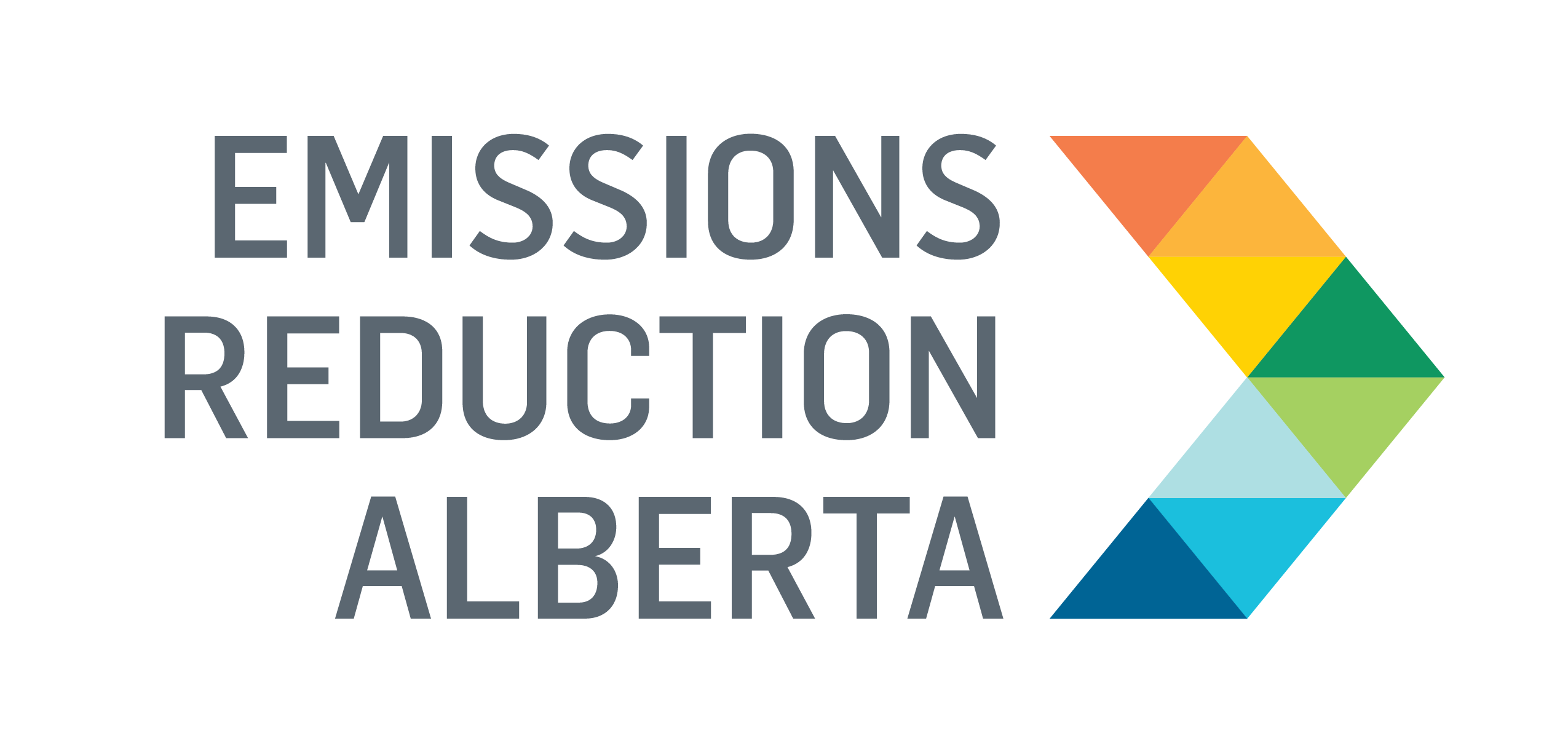Retrofitting Boilers to Simplify Carbon Capture
Funded through Round 1: Open Call in 2010, this project piloted the oxy-fuel combustion technology in a steam-assisted gravity drainage (SAGD) boiler called a once-through steam generator (OTSG). The test was successful and showed that a conventional OTSG at an oil sands facility could be retrofitted for this technology with minimal changes and retain the ability to operate in its standard mode.
To heat water and produce steam, OTSGs burn large amounts of natural gas, making them the primary source of emissions from the in-situ production of bitumen in Canada’s Athabasca oil sands. To reduce the CO2 emissions during this process, Suncor Energy developed its oxy-fuel technology, which aims to change the composition of the flue gas, making it simpler to capture the carbon from the flue gas.
To accomplish this, oxy-fuel technology uses nearly pure oxygen instead of air for combustion. An OTSG boiler is retrofitted with additional ductwork to mix pure oxygen into the flue gas. This oxygen-rich mixture is used for combustion and almost eliminates nitrogen from the boiler exhaust, producing a gas with high concentrations of CO2 and water vapour. This flue gas composition is favourable for carbon capture as it requires minimal clean-up prior to compression and transport to long-term geological storage.
Reducing Emissions Despite Test-Boiler Challenges
This demonstration of oxy-fuel retrofitted to an existing SAGD boiler was successful overall. The testing uncovered that boiler performance was nearly identical between air-fuel and oxy-fuel, achieving the same steam quality and steam flow due to a similar balance between the heat transfer to the boiler evaporator and the economizer.
In addition, the fuel consumption was approximately five per cent lower with oxy-fuel compared to air-fuel at the same water-flow conditions and steam quality. These results are due to the higher efficiency with oxy-fuel combustion. The oxy-fuel’s nitrogen emissions were also lower; on average, the technology’s nitrogen emissions were only 15 per cent of what air-fuel combustion produces, and no carbon monoxide (CO) emissions were measurable with air or oxygen.
During the project, the test boiler experienced a few limitations because of its smaller burner. The technical team was concerned that the main burner would be unstable without an additional burner to act as a pilot burner. Another concern was how quickly the burner’s flame burned through the oxygen. Because the oxygen burned so quickly, the demonstration operation was unstable and required a higher oxygen concentration than originally expected. Both factors prevented the boiler from reaching a full load during oxy-fuel operation. To remedy these issues, a more integrated pilot burner design would need to be developed for a full-scale commercial burner.
What’s next?
Despite the successful demonstration of its technical feasibility and saleability, the technology has not gained traction commercially. The oxy-fuel approach requires the purchase of large volumes of input oxygen, which comes at a cost. Therefore, it was thought that post-combustion capture may be a more viable approach. However, post-combustion capture comes with other trade-offs, such as the high energy costs associated with capturing very dilute streams of CO2. Therefore, there are advantages and disadvantages to each approach, and there may be certain cases where one approach is more viable than the other.
